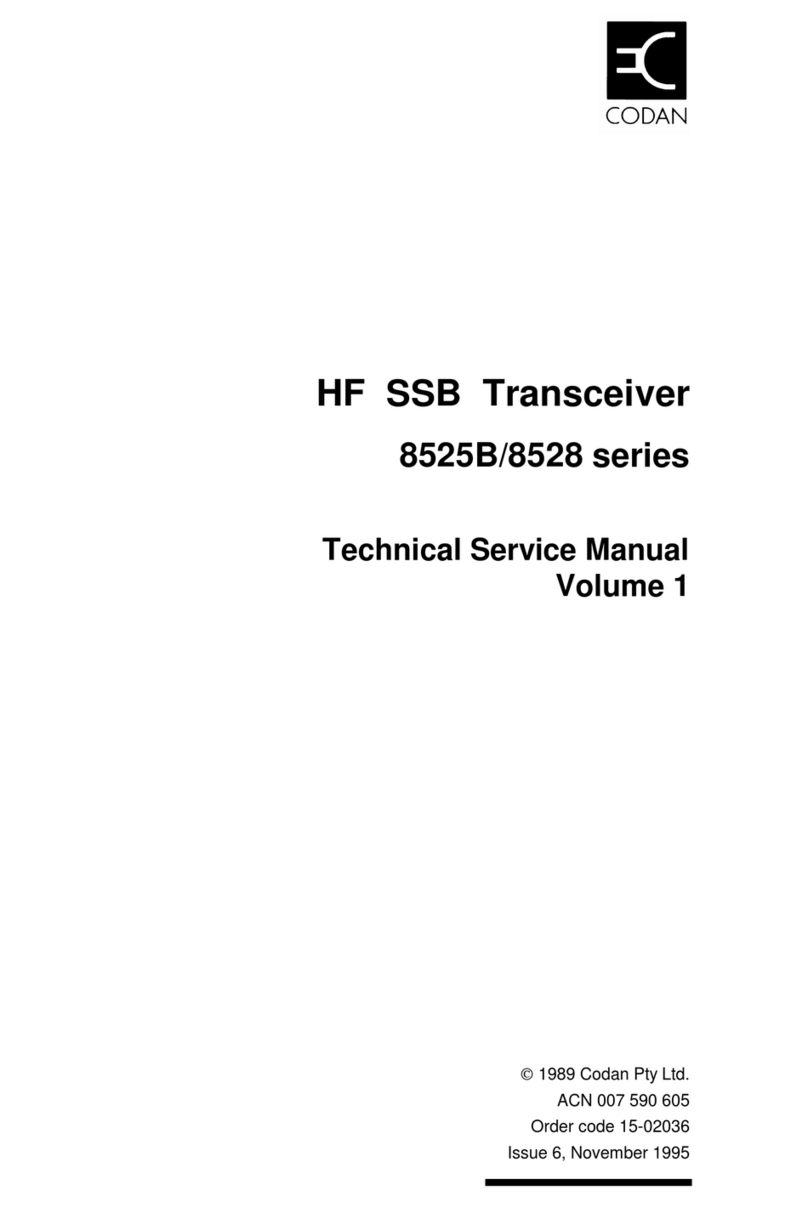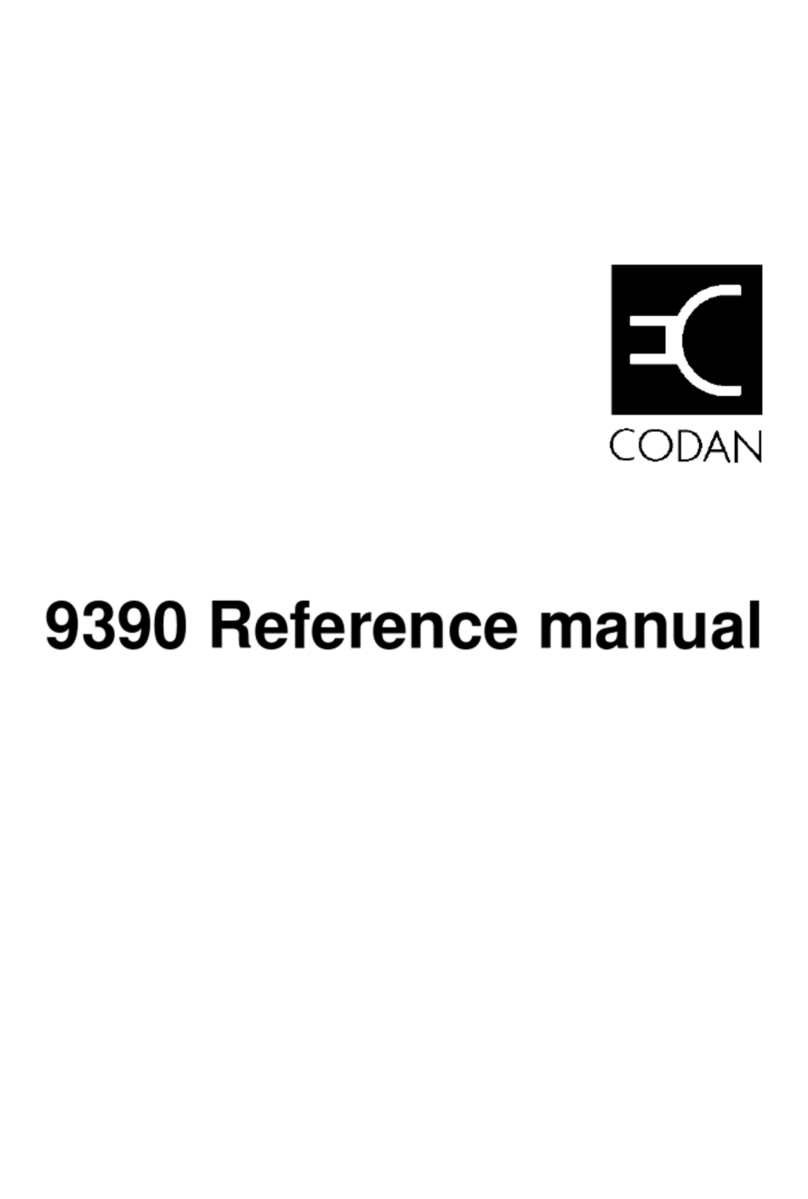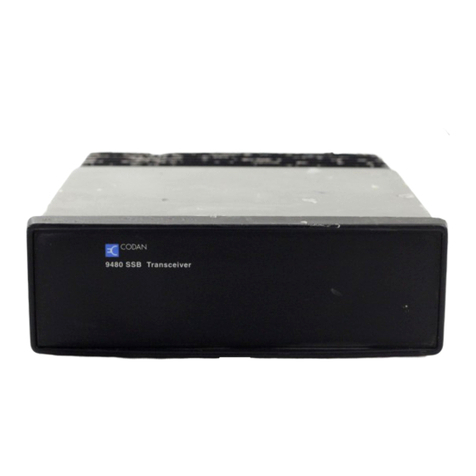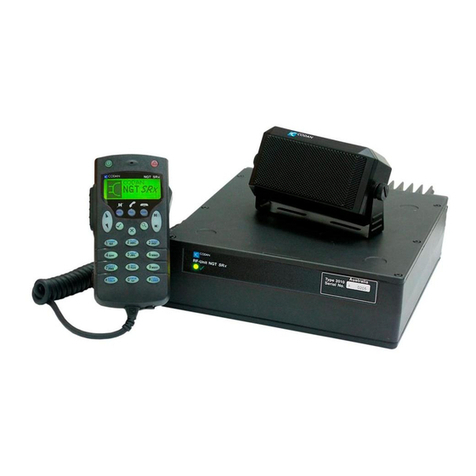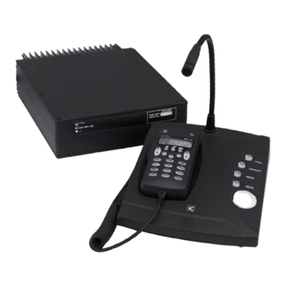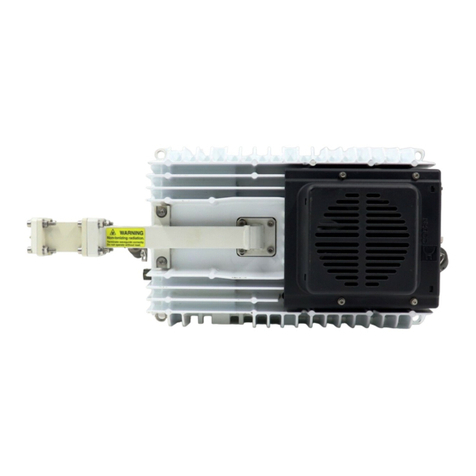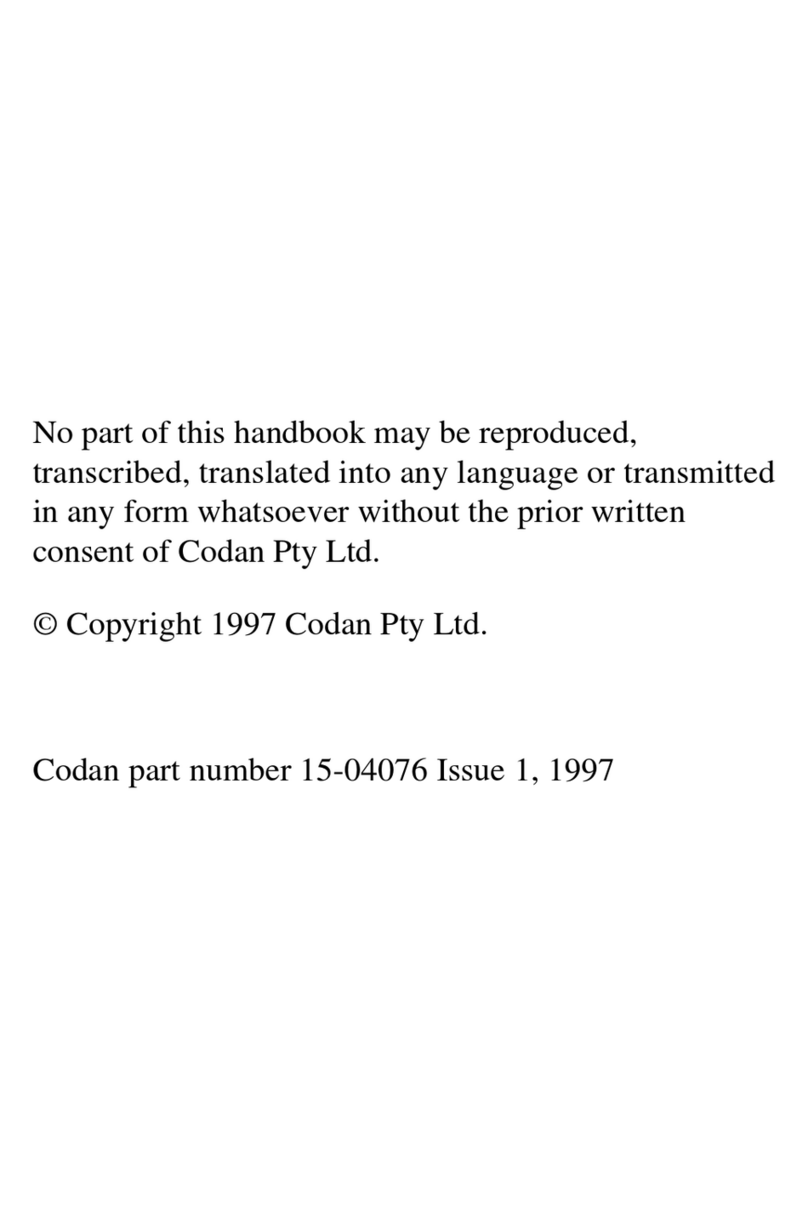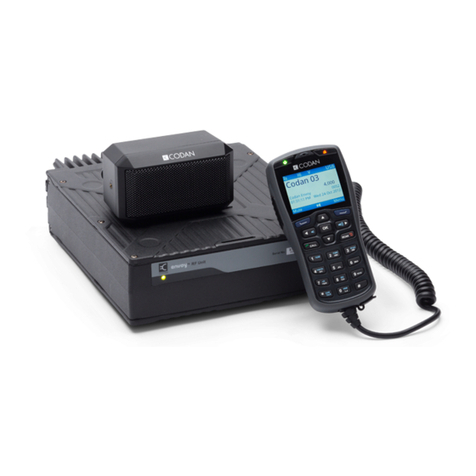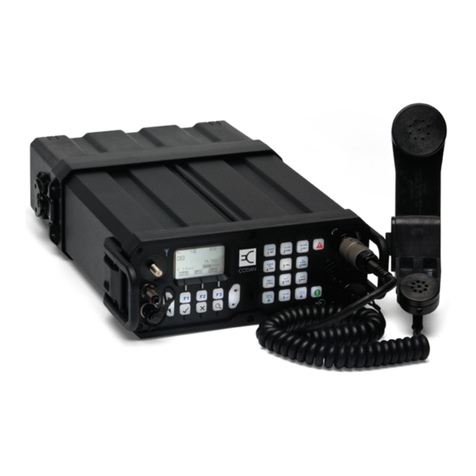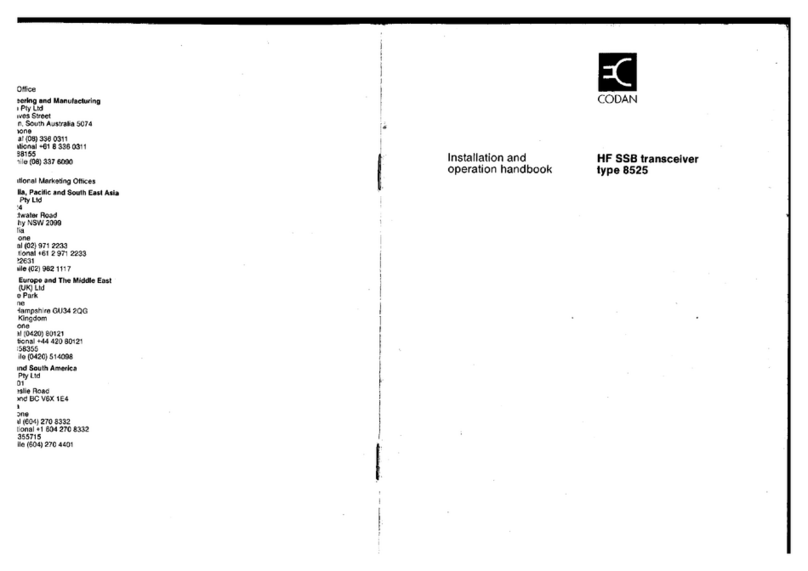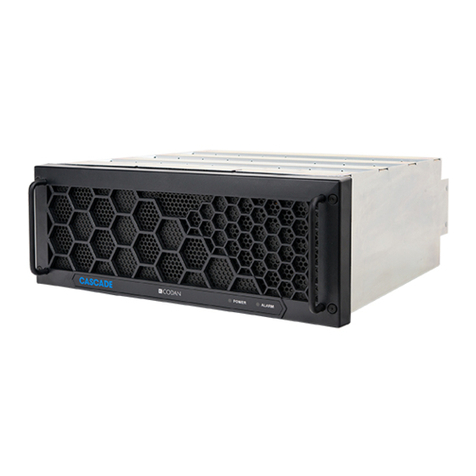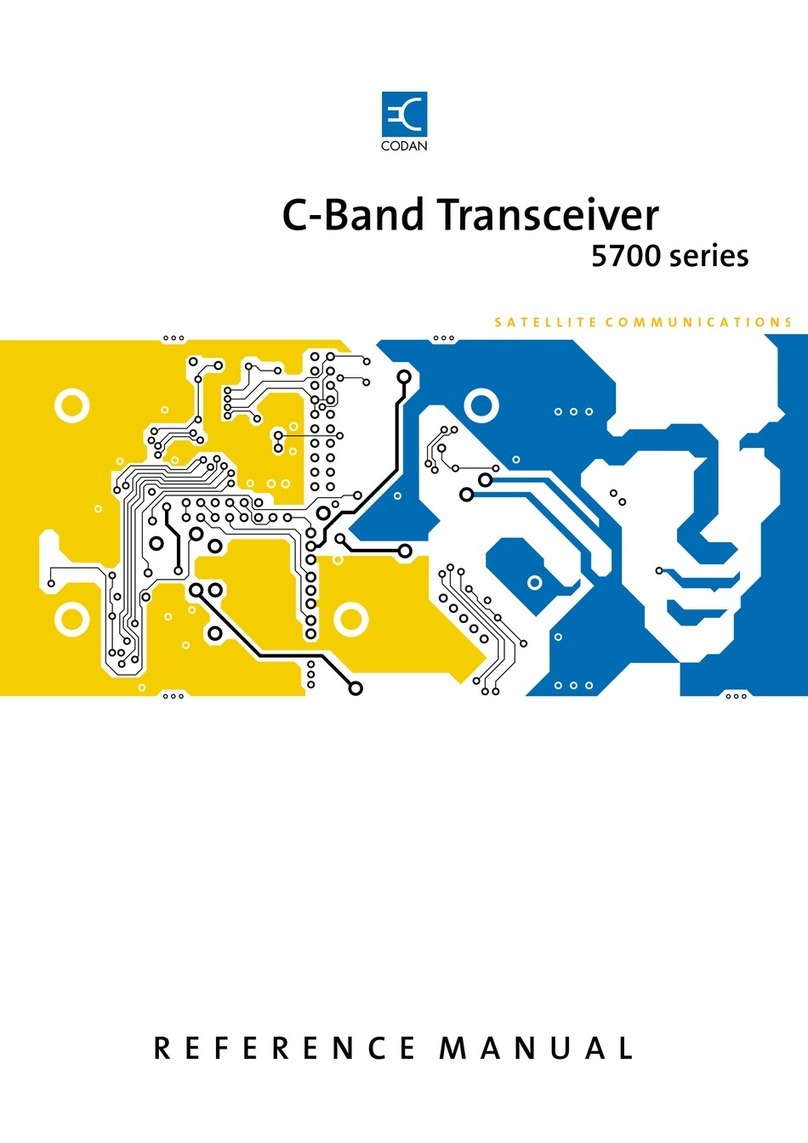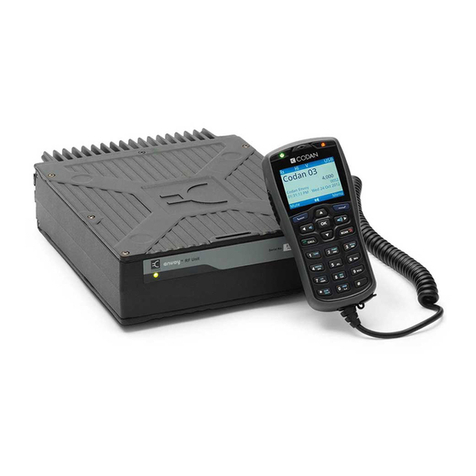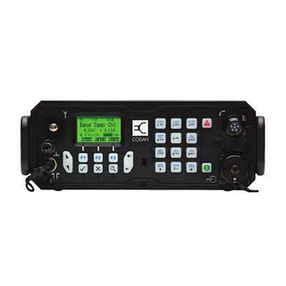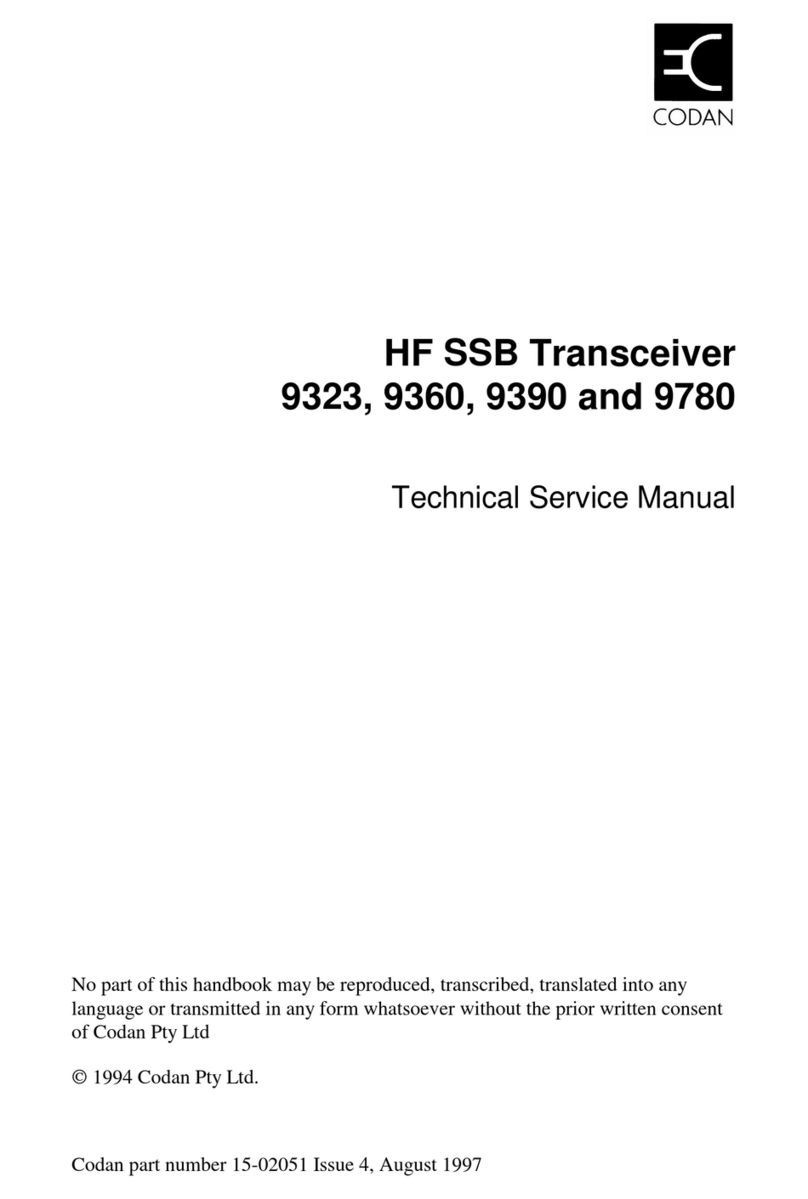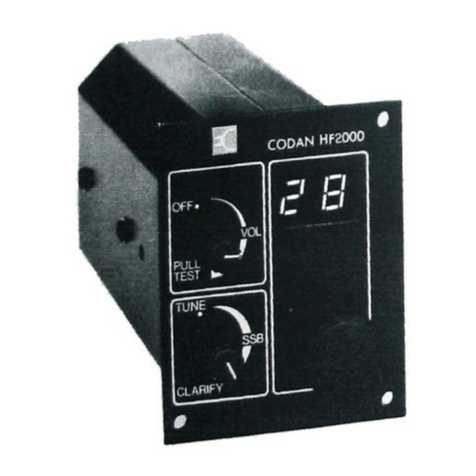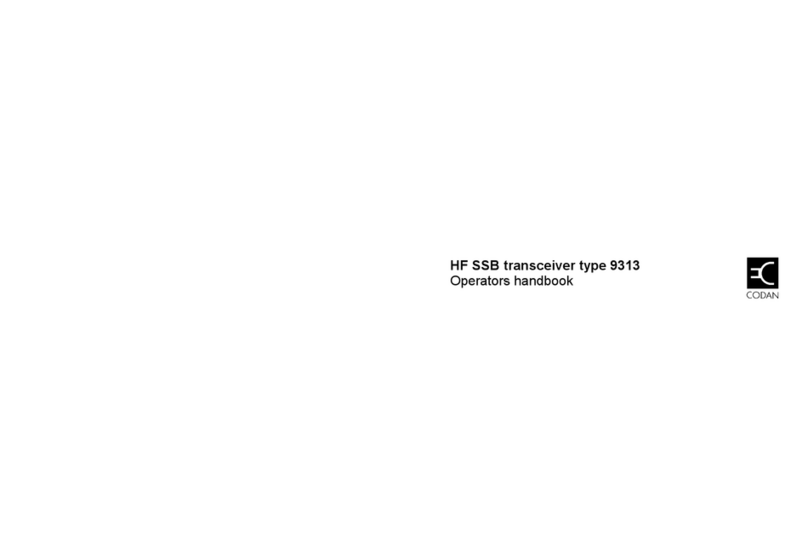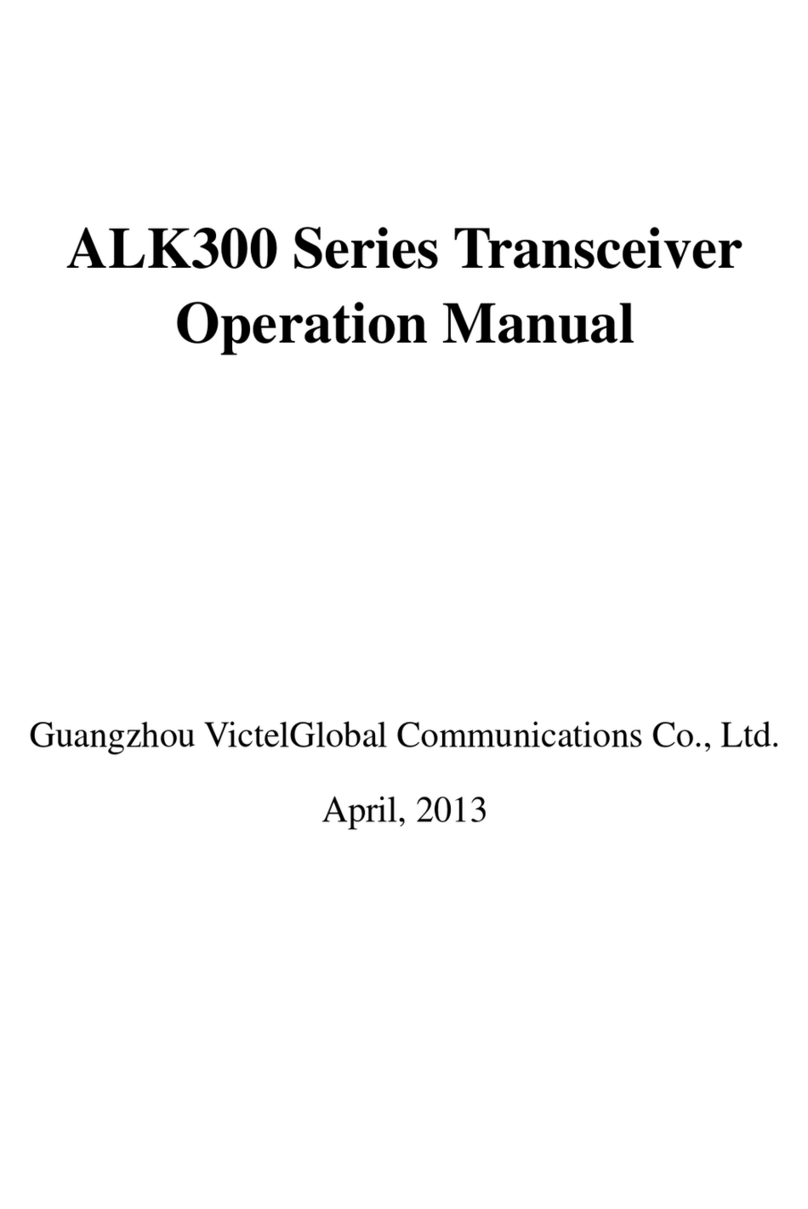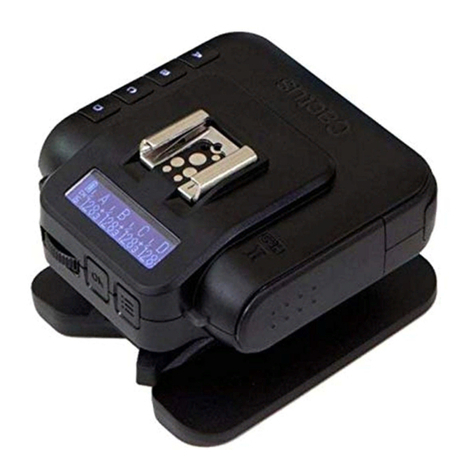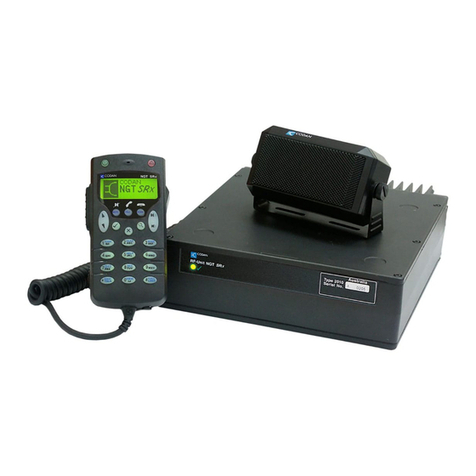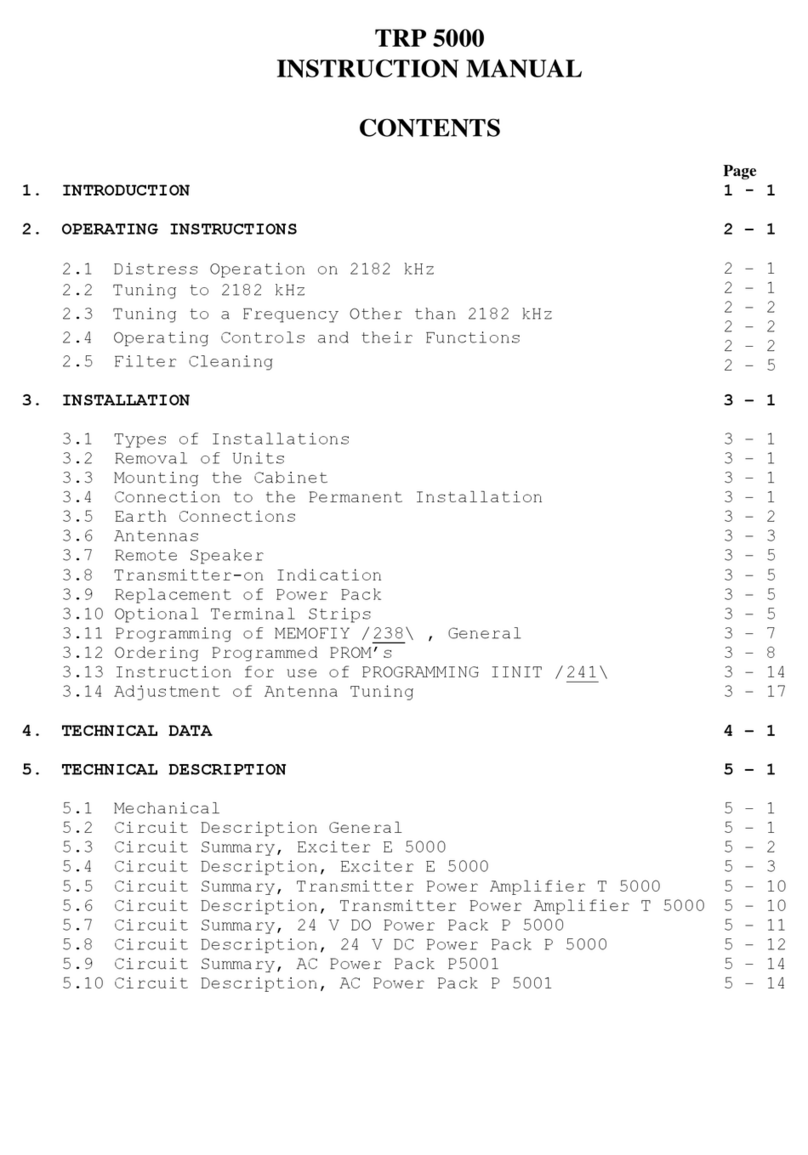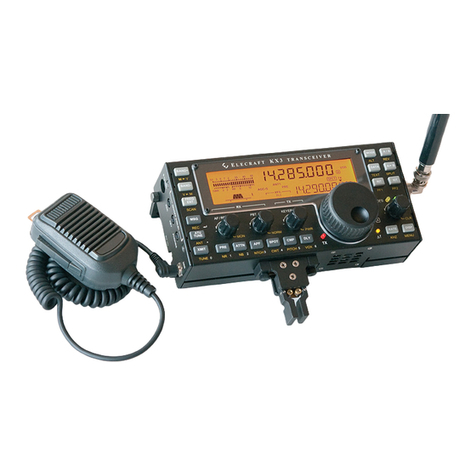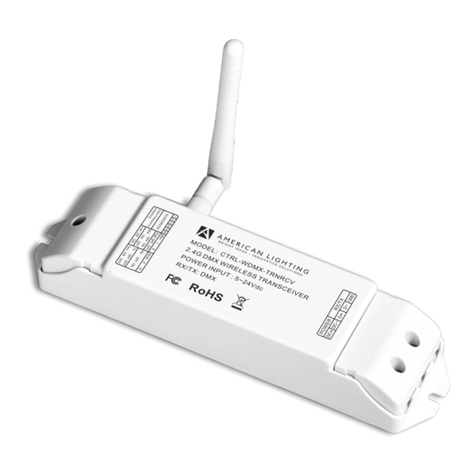ii Table of Contents X-2 Technical Service Manual
Publication No: 15-02047
4.3 Transmitter Exciter .........................................................................................4-8
4.3.1 Microphone Compressor.............................................................4-8
4.3.2 Modulator ..................................................................................4-9
4.3.3 455 kHz Filter and First Mixer....................................................4-9
4.3.4 45 MHz Roofing Filter................................................................4-9
4.3.5 Second Mixer and Exciter Output Filter......................................4-9
4.4 Local Oscillators...........................................................................................4-10
4.4.1 Introduction..............................................................................4-10
4.4.2 VCO1 and PLL ........................................................................4-10
4.4.3 VCO2 and PLL ........................................................................4-11
4.4.4 455 kHz Local Oscillator..........................................................4-12
4.4.5 Clarifier....................................................................................4-12
4.5 Micro and Peripherals ...................................................................................4-13
4.5.1 Microcontroller.........................................................................4-13
4.5.2 I2C Bus ....................................................................................4-13
4.5.3 PA Control Bus........................................................................4-13
4.5.4 Front Panel Controls.................................................................4-14
4.5.5 Tune.........................................................................................4-15
4.5.6 Tone Generation.......................................................................4-15
4.5.7 A/D Inputs................................................................................4-15
4.5.8 Microcontroller Reset...............................................................4-16
4.6 PA and Filters ...............................................................................................4-16
4.6.1 Gain Control Stage...................................................................4-17
4.6.2 Predriver Stages .......................................................................4-17
4.6.3 Driver Stage.............................................................................4-17
4.6.4 Output Stage and Bias Regulator..............................................4-18
4.6.5 Output Filters and Antenna 1 and 2 Select ................................4-18
4.6.6 ALC Control ............................................................................4-18
5Maintenance.......................................................................................................5-1
5.1 Introduction....................................................................................................5-1
5.2 General...........................................................................................................5-1
5.2.1 CMOS Devices...........................................................................5-1
5.2.2 Circuit Boards ............................................................................5-2
5.2.3 Transmitter Precautions..............................................................5-3
5.2.4 Probe Precautions.......................................................................5-4
5.3 Fault Diagnosis ...............................................................................................5-4
5.3.1 General.......................................................................................5-4
5.3.2 Voltage measurements................................................................5-5
5.3.3 No Reception .............................................................................5-6
